How to find erosion, deposition, and weathering
Find Erosion, Deposition, and Weathering
44
STEPS
TOOLS
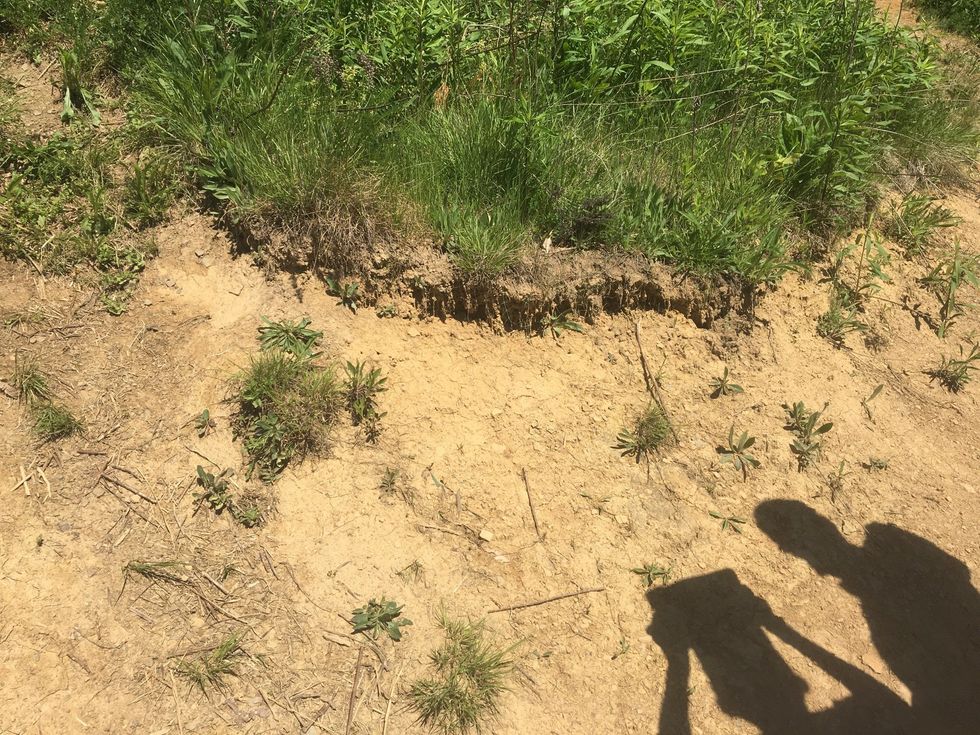
This picture is representing a hill that has been eroded. We can infer this because it looks like dirt used to be there but water came and took it somewhere else
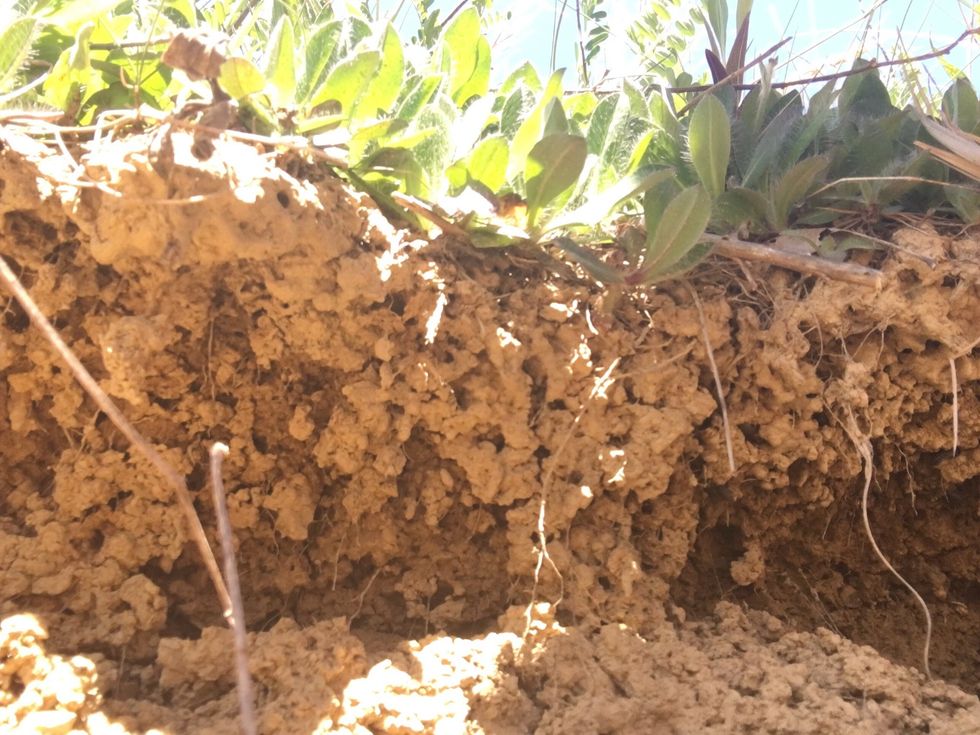
This is an example of weathering. We found this on the hill next to the plsyground. We can infer this is weathering because it looks like the dirt was worn down by water.
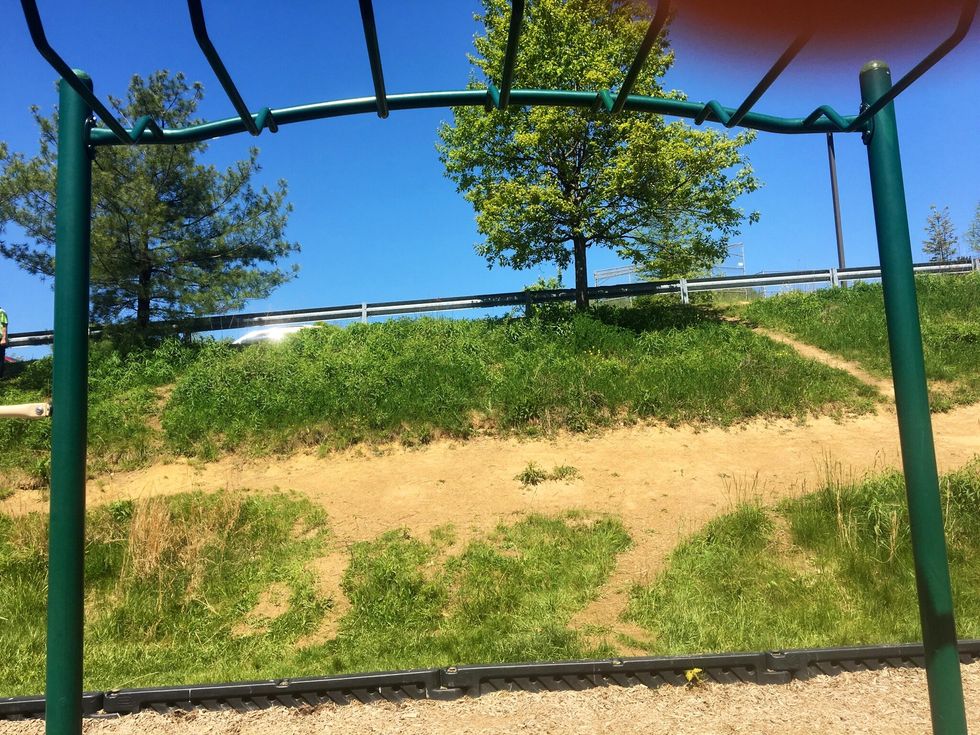
This picture represents erosion. It does because it looks like the dirt eroded from the top of the hill to the middle.
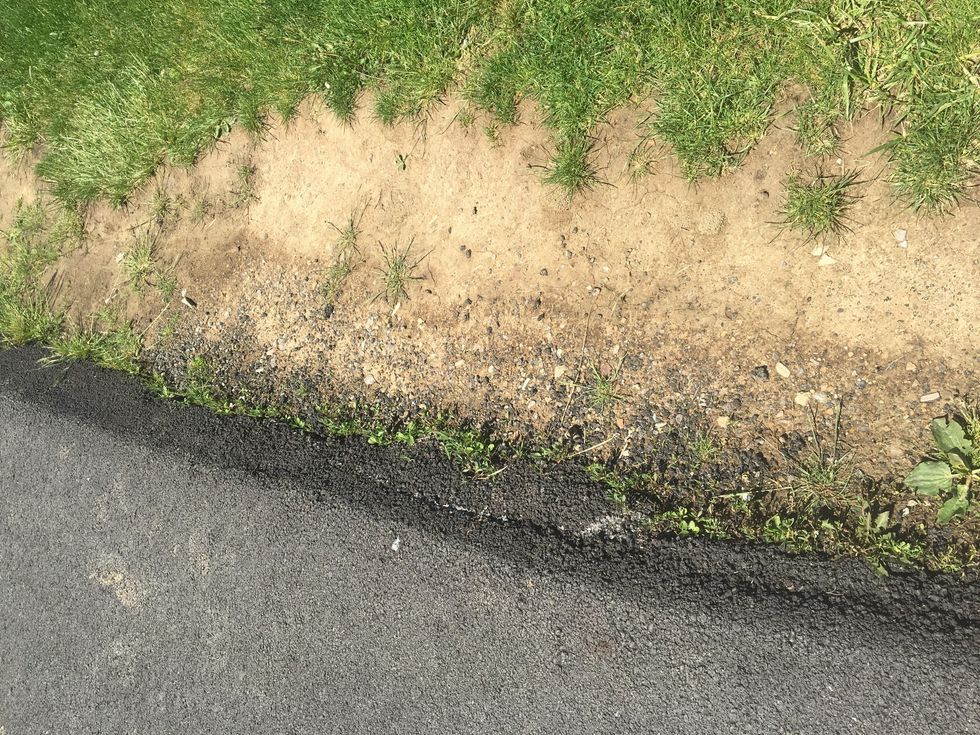
This picture represents deposition. We know this because in the picture looks like rocks came to the curb and settled there. This filled out that part of the hill.
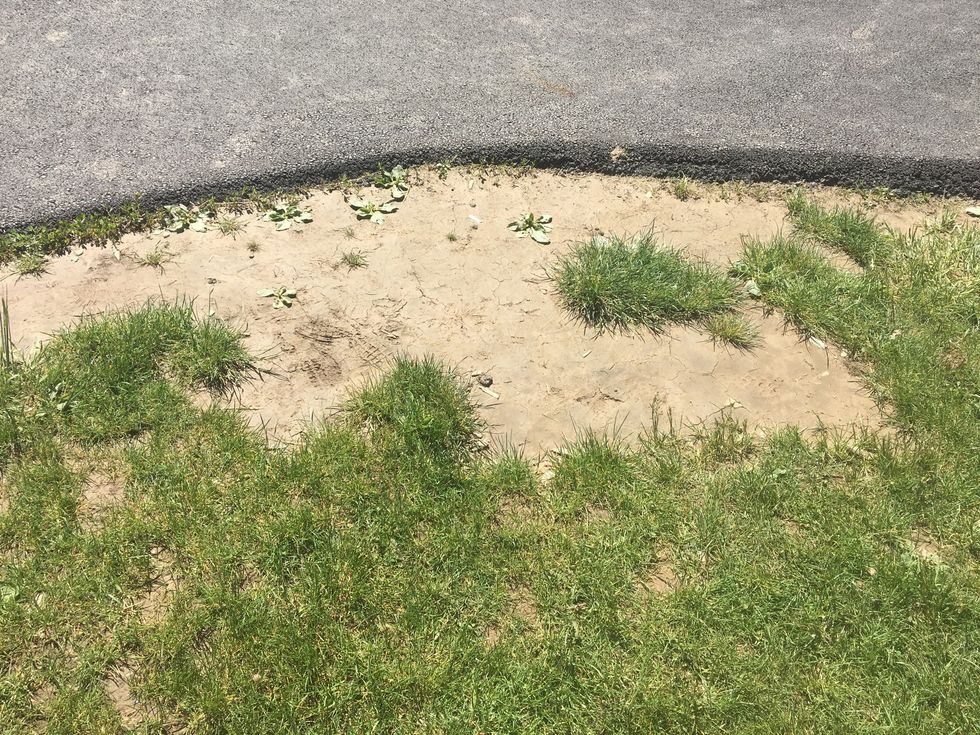
This picture is showing weathering. We know this because in the picture we can see that grass used to be there and that it got taken away
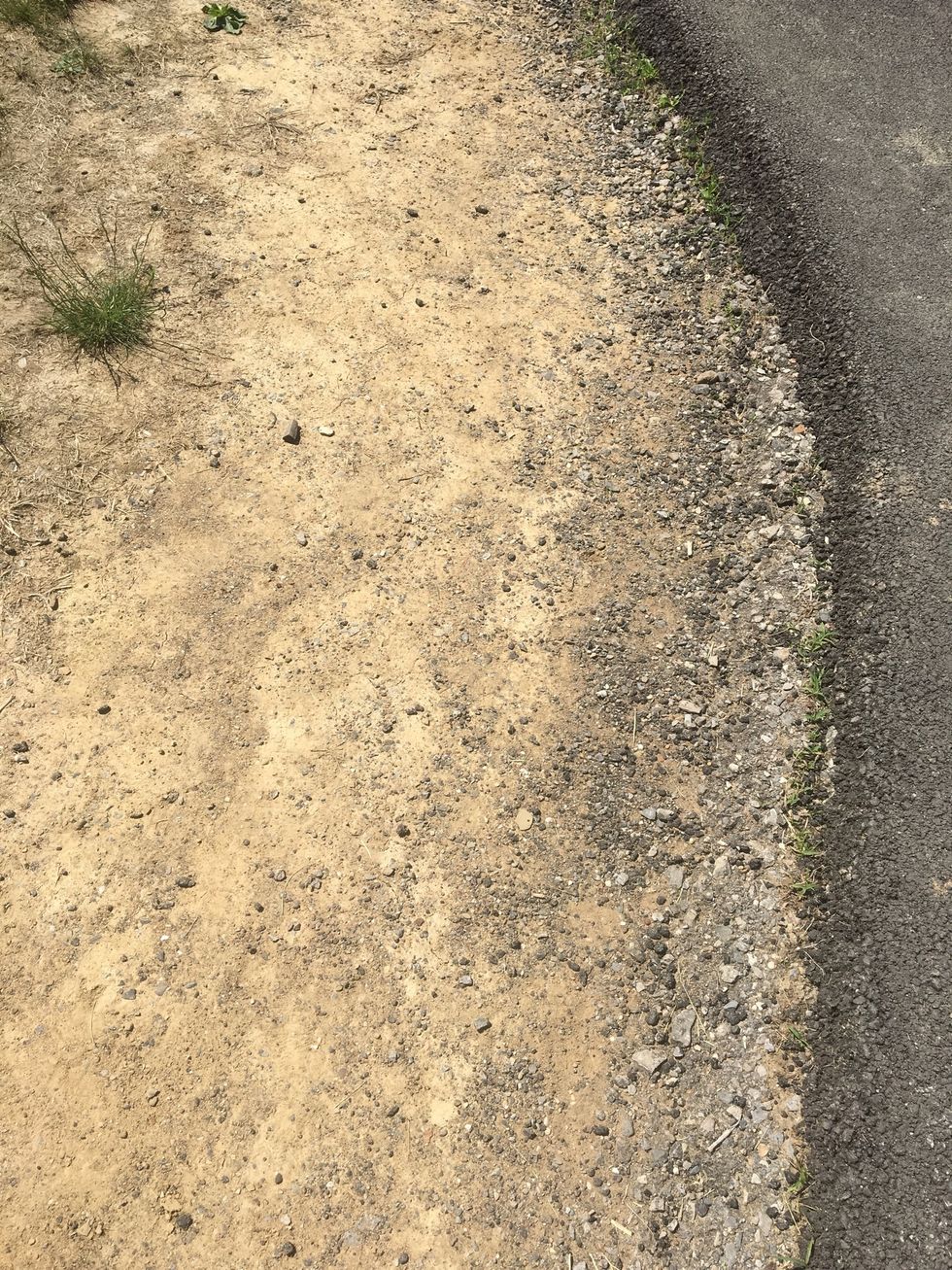
This picture is deposition. This is deposition because in the photo you can see that rocks were dropped off there. They used to be somewhere else but are now there
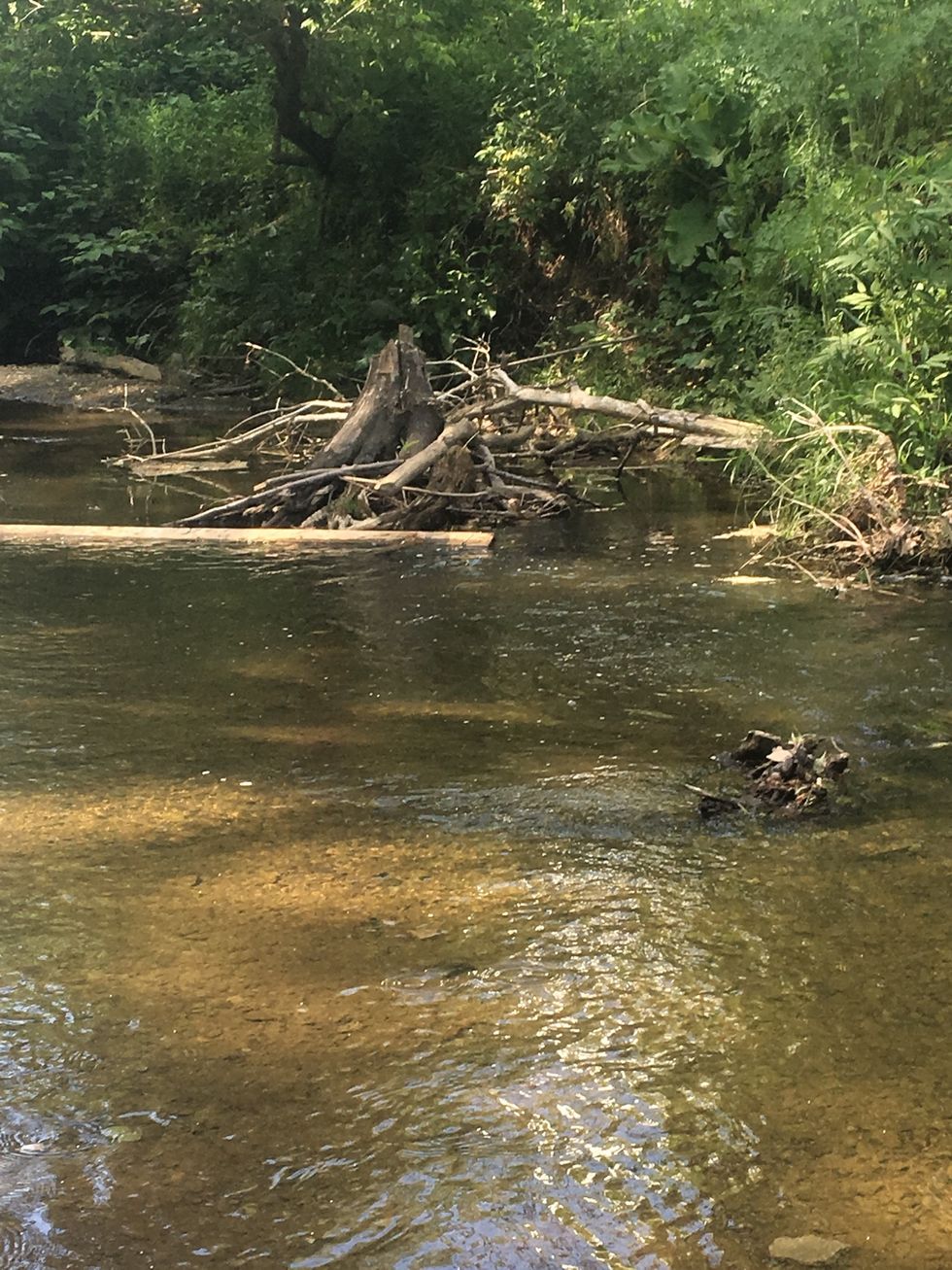
This photo is deposition. We know this because in the photo the creek is picking sticks and other things up and putting them somewhere else.
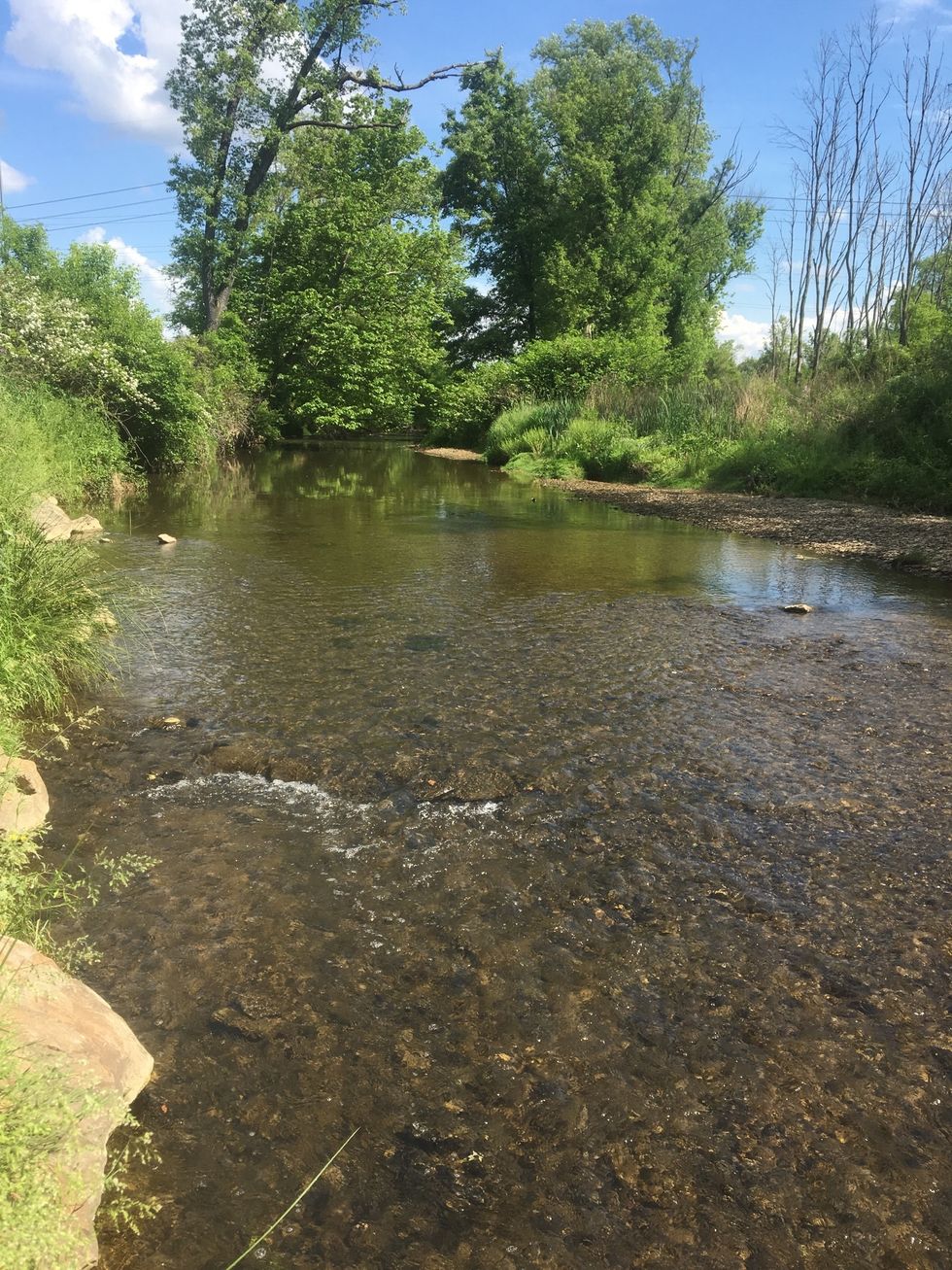
This creek is erosion. We know this because in the picture we can see that the water is moving the soil that is under it.
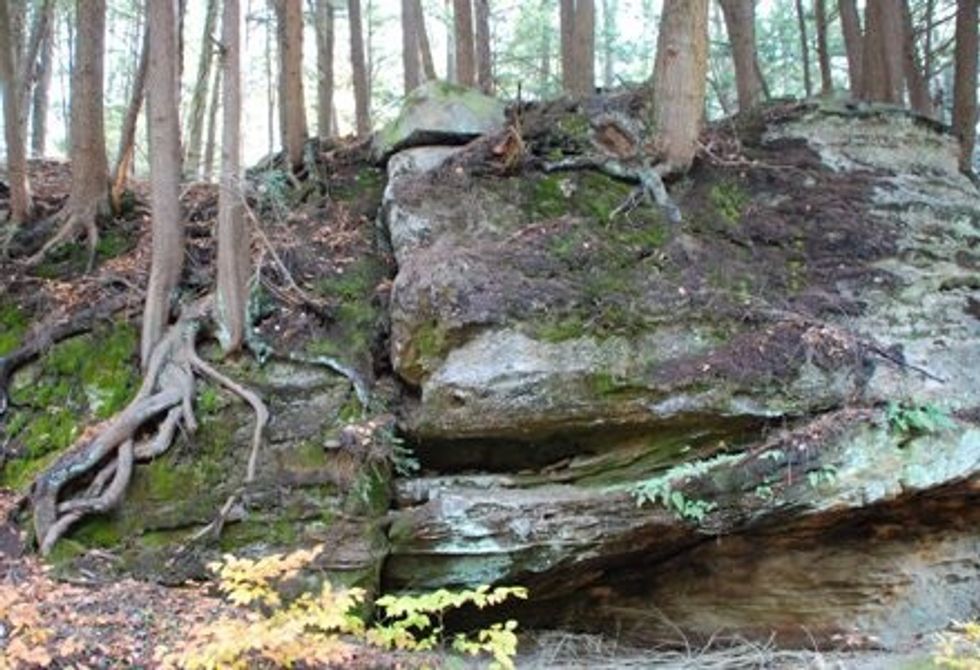
In this photo the Rock is getting weathered down. We know this because in the photo we can see that the rock has been weared down from what it was originally.
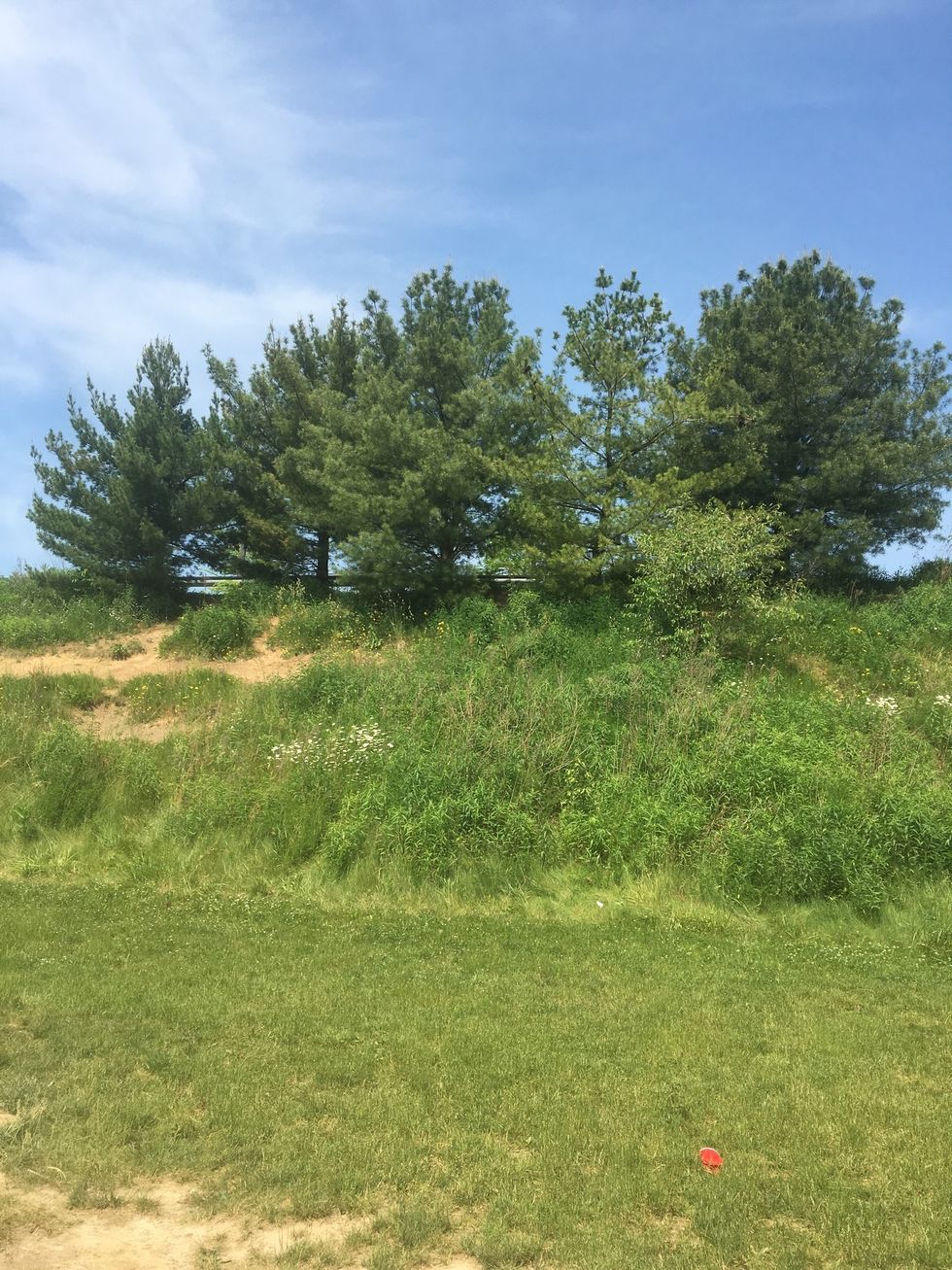
This is one way to stop it. I know this is one way because I know that farmers use this method for their soil to stay where it is. This is how I know this is one way to stop it.
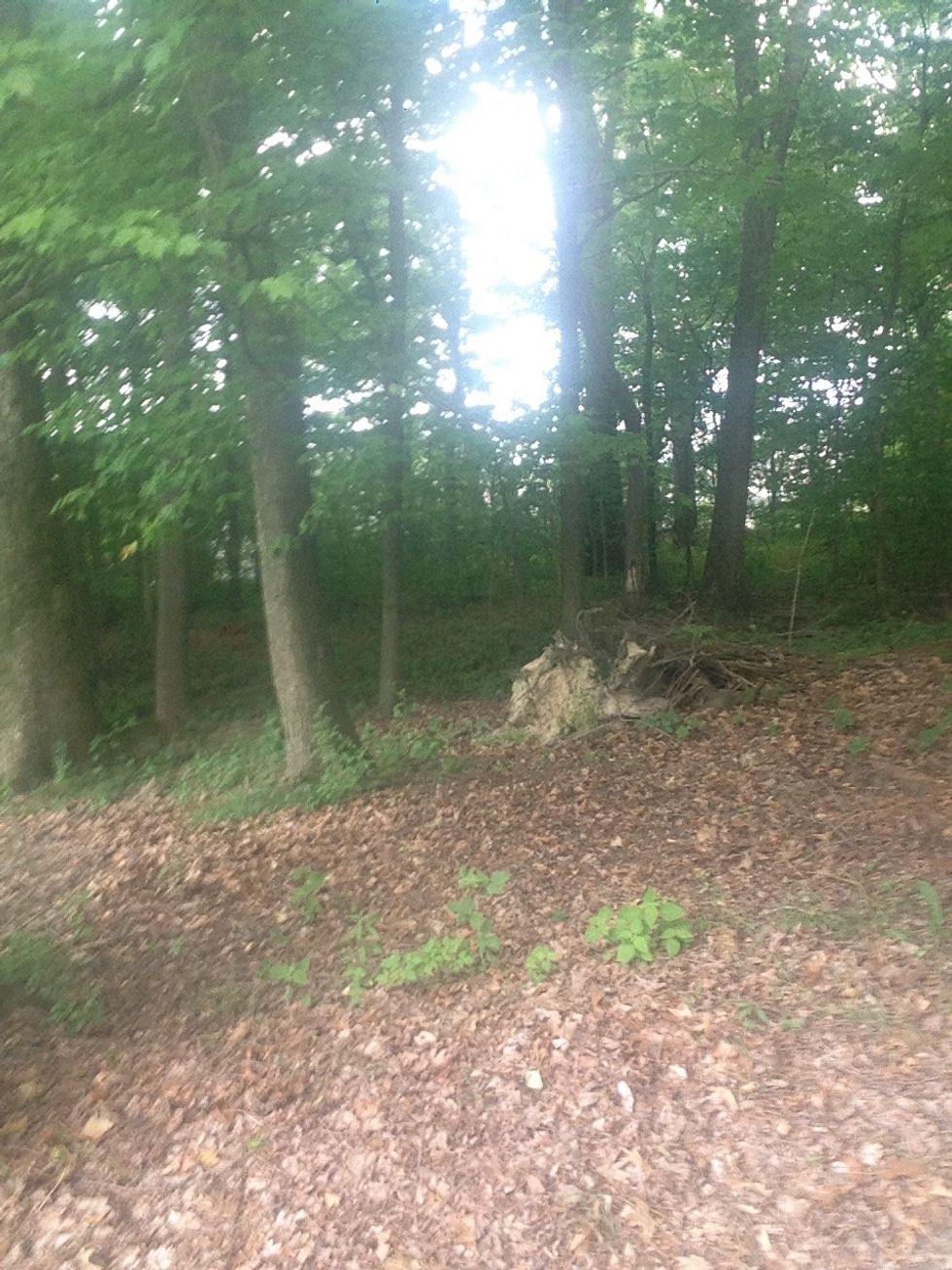
This picture stops weathering because the tree is laying on top of the land. The wind or water can wear down the land underneath.

This picture stops deposition in the creek behind the log. The materials being eroded can't deposit in the creek.
- 1.0 Outdoor Area
- 9.0 Weathered, eroded, or deposited materials
The Conversation (0)
Sign Up